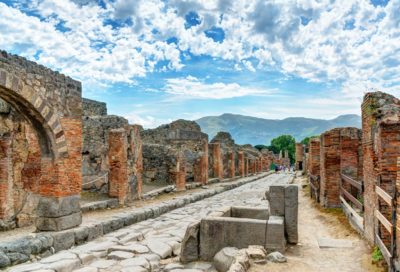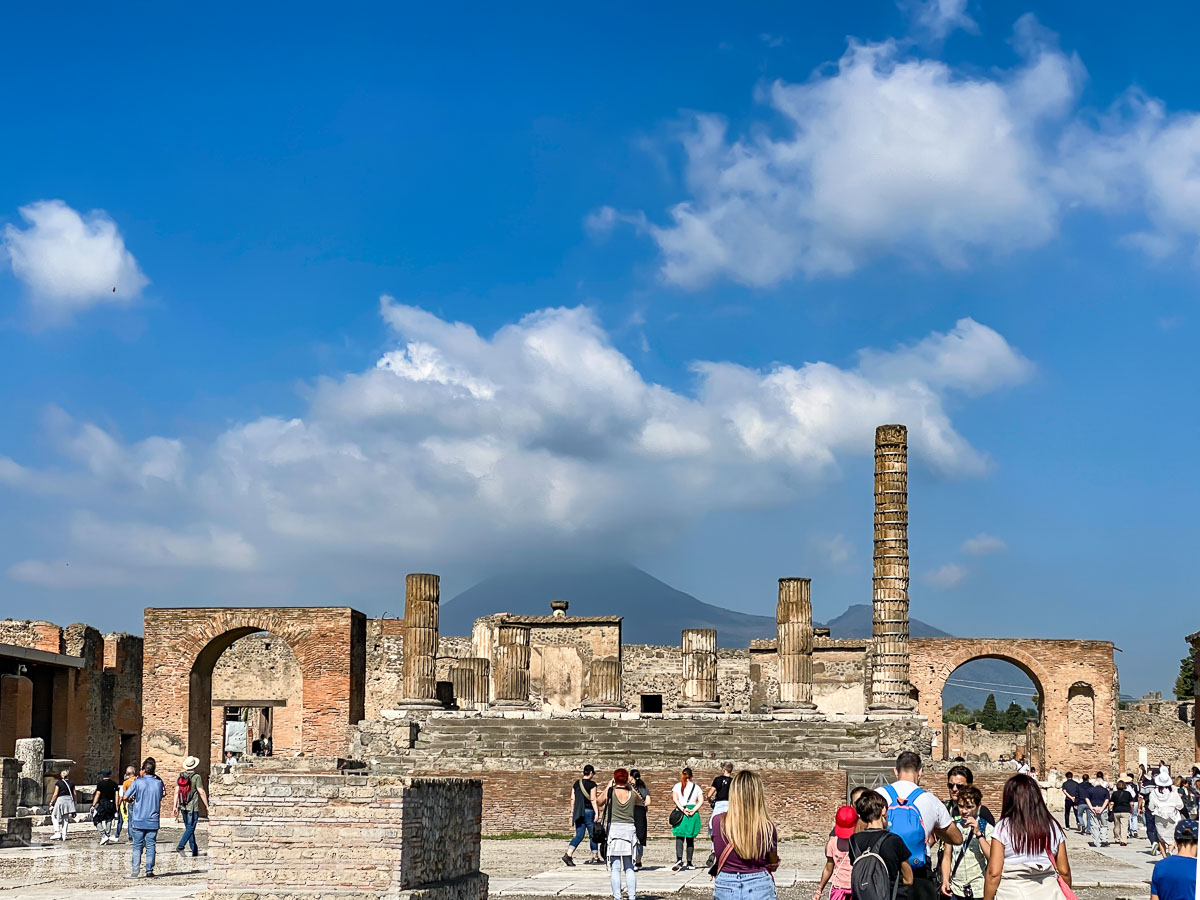
Wondering how to get to Pompeii and what to see once you’re there?
Well, I’ve got you covered!
It’s intriguing how we imagine bustling streets and majestic buildings in Pompeii before the infamous eruption of Mount Vesuvius in 79 A.D. Only a brief morning and every living soul became dust.
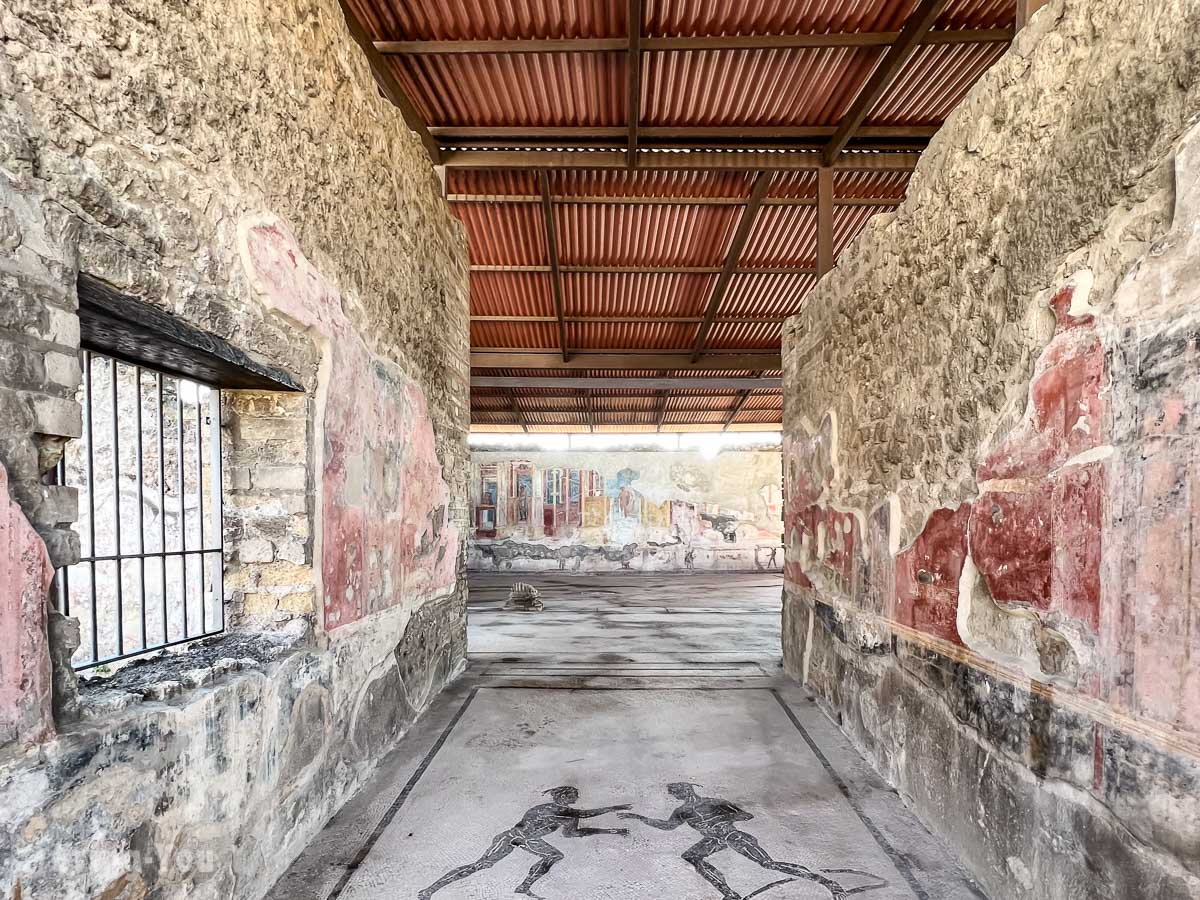
No one could ever imagine their life was forever swept away by a major earthquake only a few hours after waking up.
Today, Pompeii’s story is woven with a thread of luck. Unlike some Roman sites in Rome itself, Pompeii has been spared from systematic looting for lime and building materials. This could be why you don’t see its structures disappearing bit by bit. It’s like a snapshot frozen in time.
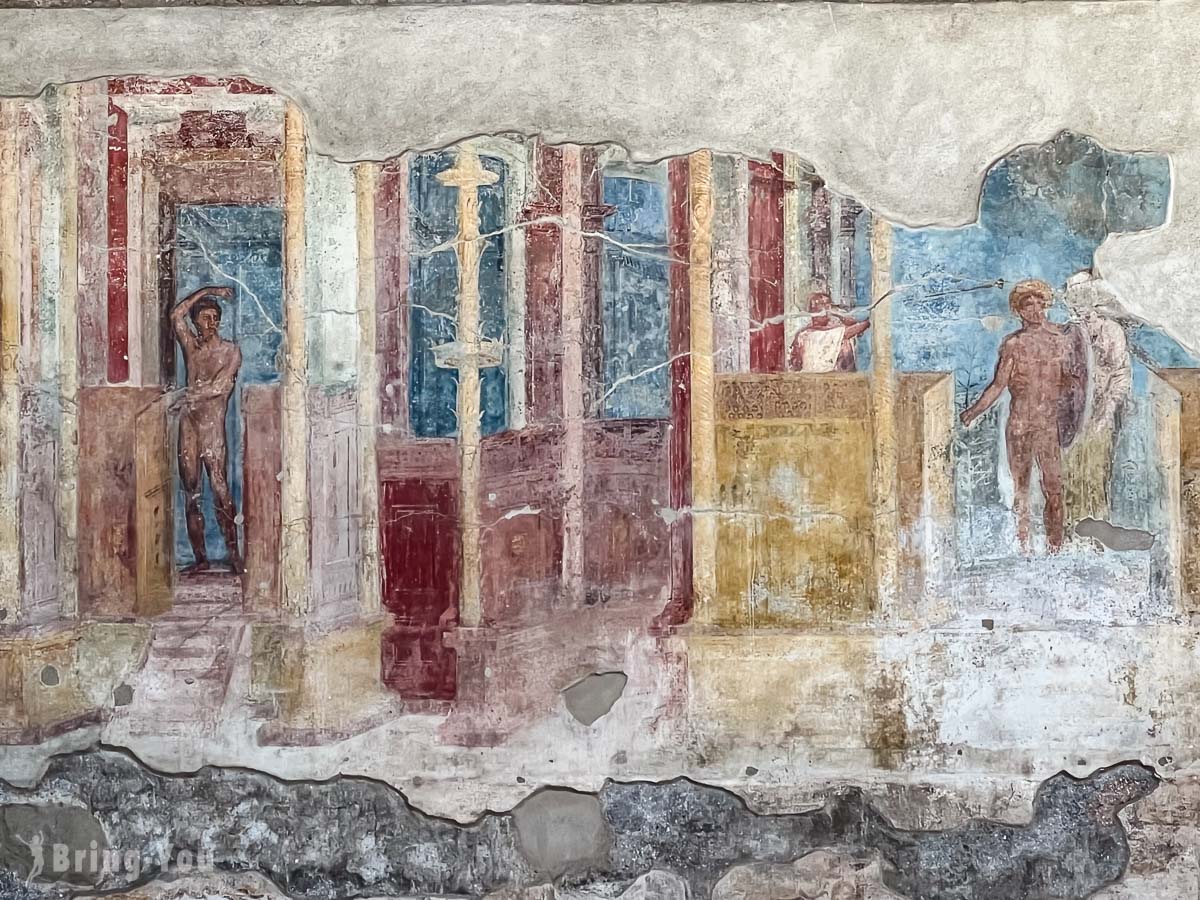
The archaeological site of Pompeii has been revealed to the public eyes since the 1880s. Only one-third of the entire city was brought to sunlight while the rest still lies underground. Today, we’re gonna see it all!
How To Get To Pompeii From Naples?
By Train

If you’re in Naples, hop on the national railway from Piazza Garibaldi Station (platform #3) to Pompei Station which is on the outskirts of Pompeii. From there, the ancient city is 20 minutes walk away.
If you’re short in time, opt for the private railway instead of the national railway. The private Circumvesuviana line arrives at the Pompei Scavi Villa Dei Misteri Station. This station is just right outside the entrance of Pompeii Archaeological Park.
If you wanna start your trip early in the morning, make sure to spare an extra 30 minutes to join the waiting line at the ticket booth. Morning is the busiest time of the day at the station, especially on a lovely Saturday in October.
Those who wanna visit Mount Vesuvius need to take the EVN bus on the route from Napoli to Vesuvio and get off at the last stop.
An Organized Tour
If time’s not exactly on your side and you’re on a mission to soak in all the marvels of southern Italy. Well, lucky you! There are these fantastic local one-day tour groups.
Unless you have watched your way into the history of Pompeii with a Netflix series before the visit, having a local guide is a great way to properly appreciate all the main happenings, culture, and arts at Pompeii.
These tours are your all-in-one solution. You get to hit multiple spots in just a day. Plus, the guide will take care of your transportation and tickets for both Pompeii and Mount Vesuvius. Now we are talking about a hassle-free escapade!
Pompeii Tickets: A Buyer’s Guide & Tips
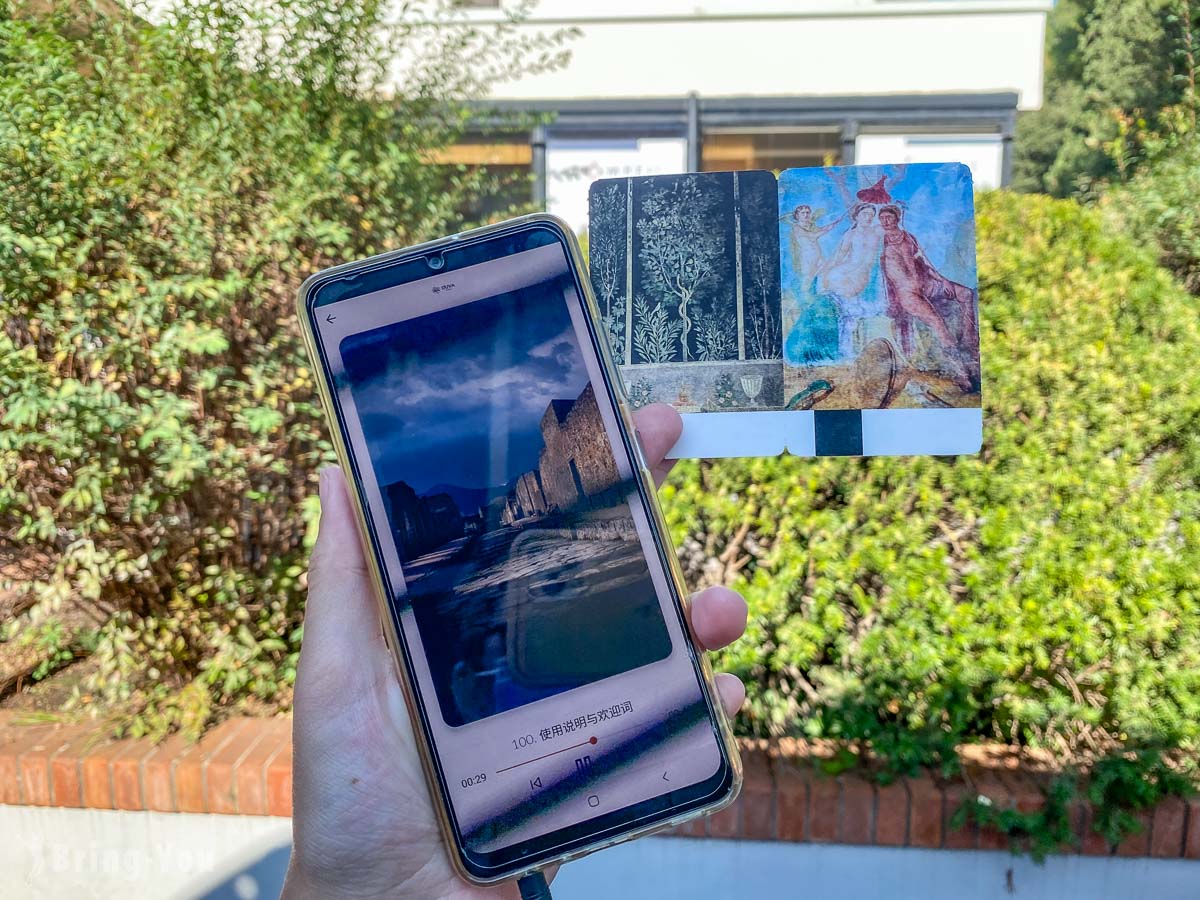
Opening Hours: November to March, 09:00~17:00; April to October, 09:00~19:30
Tickets: EUR 15
If you’re a solo explorer and don’t really need a personal guide, you can totally buy your tickets on the spot. During the peak season, the queue may take longer to thin out. If ditching the crowds is what you’re after, make sure to obtain a fast-track pass to skip the line and dive right into history with a bit of wait time at the security check. However, the only thing is that the fast-track pass doesn’t come with a tour guide.
How Many Regions Is Pompeii Divided Into?
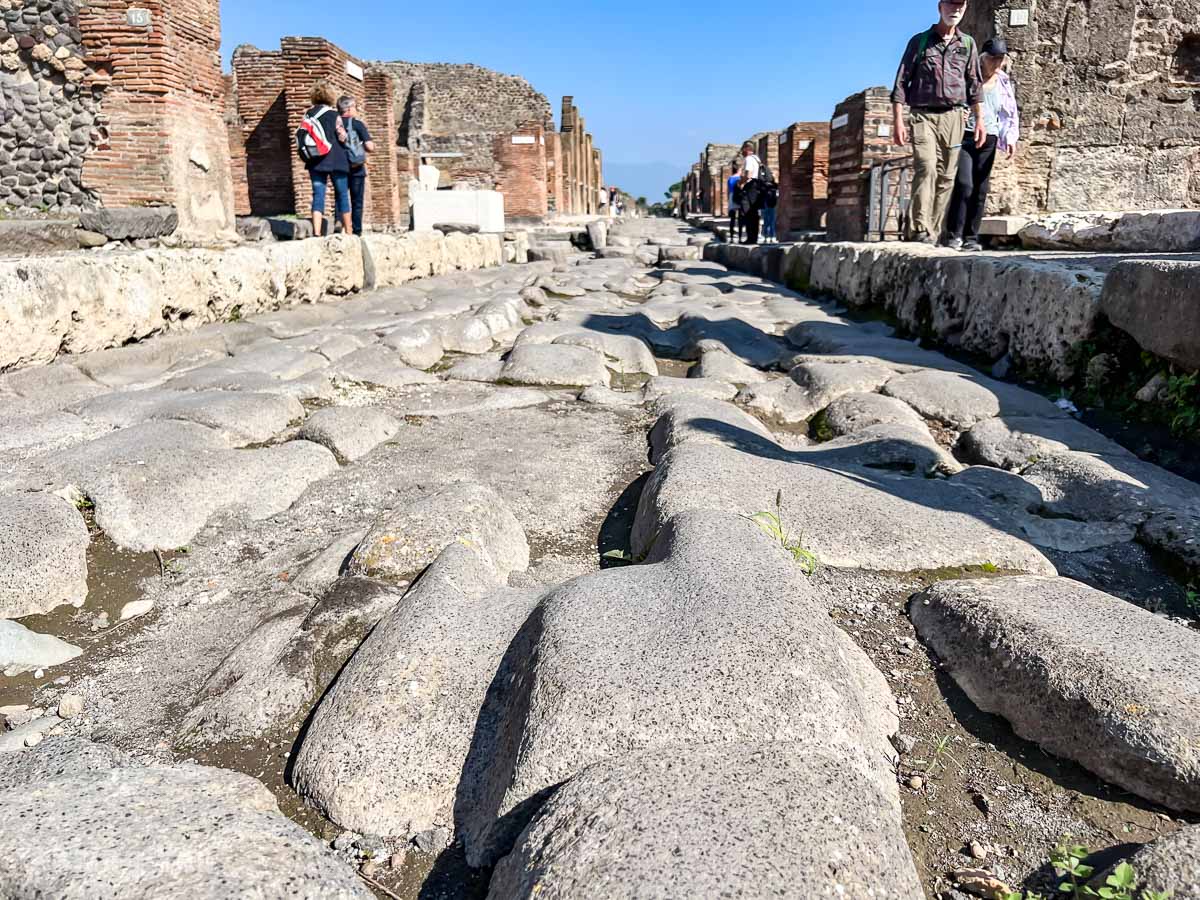
Nine in total, with each of which contained blocks called insulae and they are marked with a separate code/number. For that reason, you will need a handy map to figure out where to head first. There are three entrances along the walls in total which then lead you to a different region. If you are here for the first time solo, grab the map on the official website, plot out your must-see spots, and trace a route.
On average, you need five hours roughly to cover five regions including travel time between the attractions. Trust me, comfortable shoes are a must. Those ancient roads aren’t exactly stiletto-friendly!
Oh, and hydration and snacks – you definitely don’t wanna forget. Remember, this city was frozen in time by volcanic fury, and its roads aren’t exactly the smoothest.
The Gates Of Pompeii: Which Is The Best Entrance?
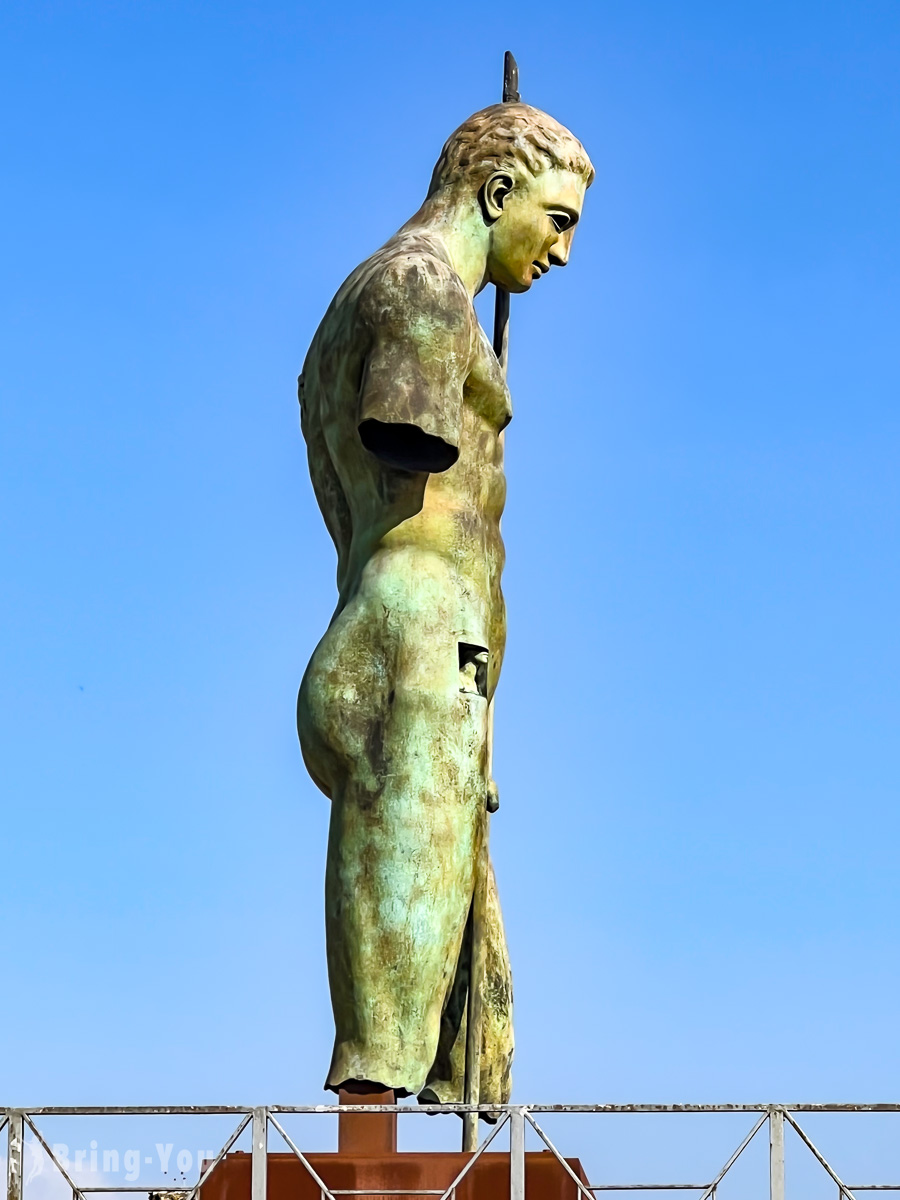
I’ve talked about the three entrances above. Now what you need to do is pick the right gate to get in. There used to be seven in total but the rest were completely destroyed.
The three existing gates are:
- Porta Nocera
- Stabia South Gate
- Porta Marina
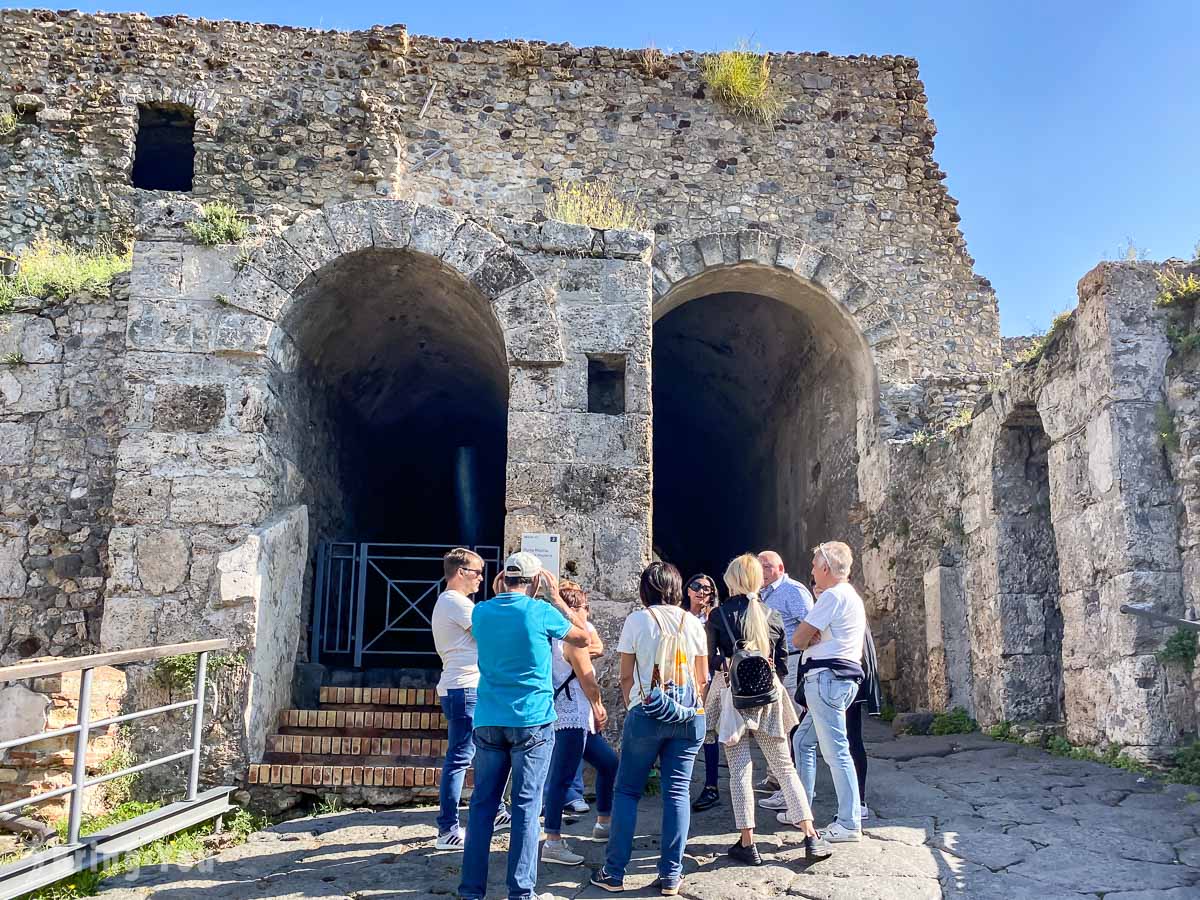
If you’re all about convenience and want the full package, then the main entrance at Porta Marina is your go-to. From there, you’ll start with the Suburban Baths first thing on the visit, get the lowdown on every stone and street, and snag some souvenirs to show off back home.
If you have obtained the tickets and are looking to exchange them for an audio guide, don’t forget to reach out to a kiosk next to the ticket counter to collect your audio which will be returned at the same spot. They will keep your ID card before you enter the site if you keep the audio guide.
Best Places To Visit At Pompeii
Suburban Baths
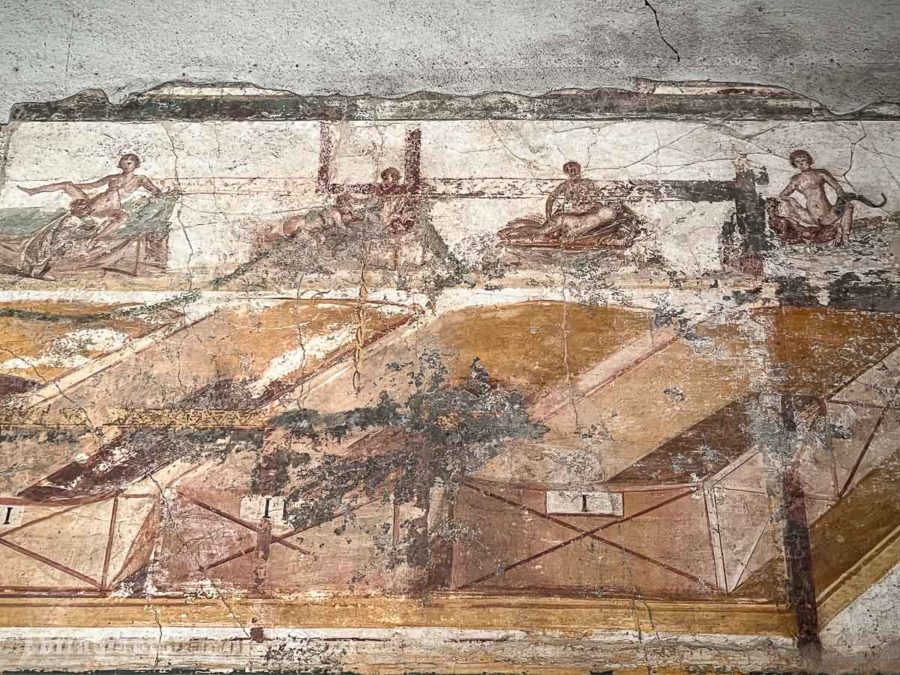
Imagine a 1st-century-BC bathhouse just beyond the washed-out stoned walls. A masterpiece of art left behind in the dust and wind, these suburban baths acted as private sanctuaries of relaxation. Covered in a low-ceiling dome arch is a small bathtub with a view to the window.
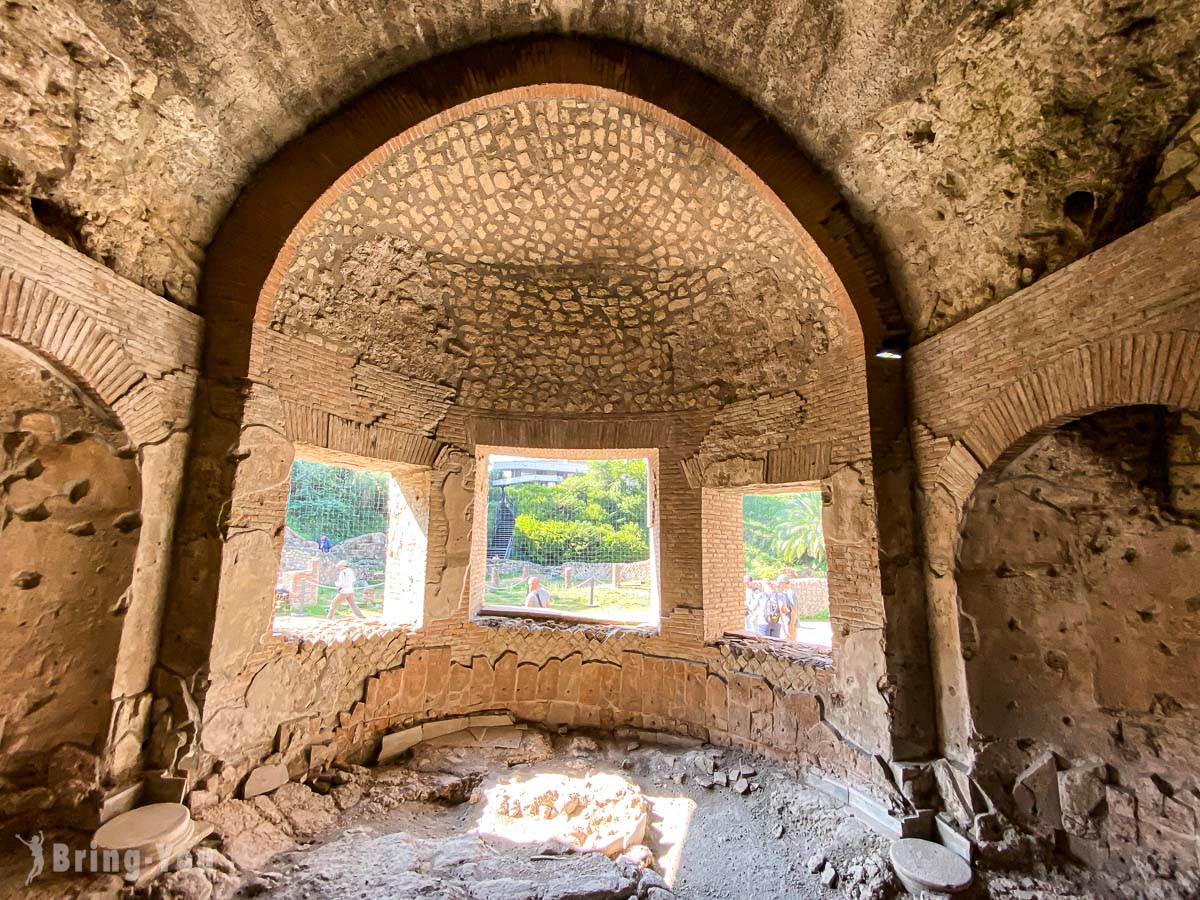
What makes these bathrooms intriguing is a collection of erotic frescoes that caused quite a stir when they were revealed in 2001. These risqué artworks adorned the changing rooms. The bath chambers are divided into a cold frigidarium and a hot caldarium, offering a view into the daily routines of Pompeii’s inhabitants.
The Forum

Coming up next is the forum, a vast area where the ancient temples and statues stand the test of time. Right here in the golden age when Mount Vesuvius was yet to threaten the life of the people, the Forum witnessed the ebb and flow of judicial proceedings, markets, and other vibrant exchanges.
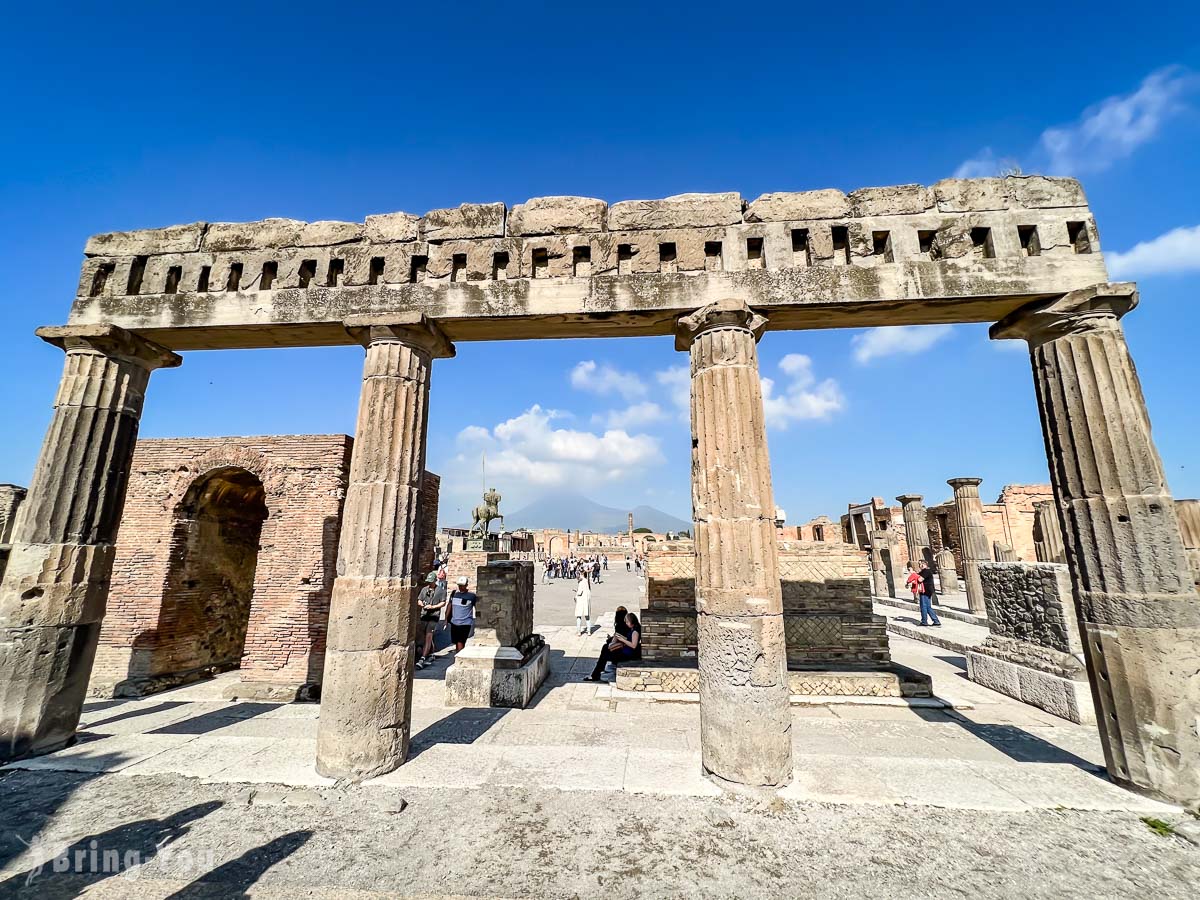
On your left stands the Temple of Apollo, a symbol of divine reverence. Opposite this temple, the square hall was once the hub of administrative and commercial activity. Nowadays, only the cylindrical base remains, hinting at its former glory.
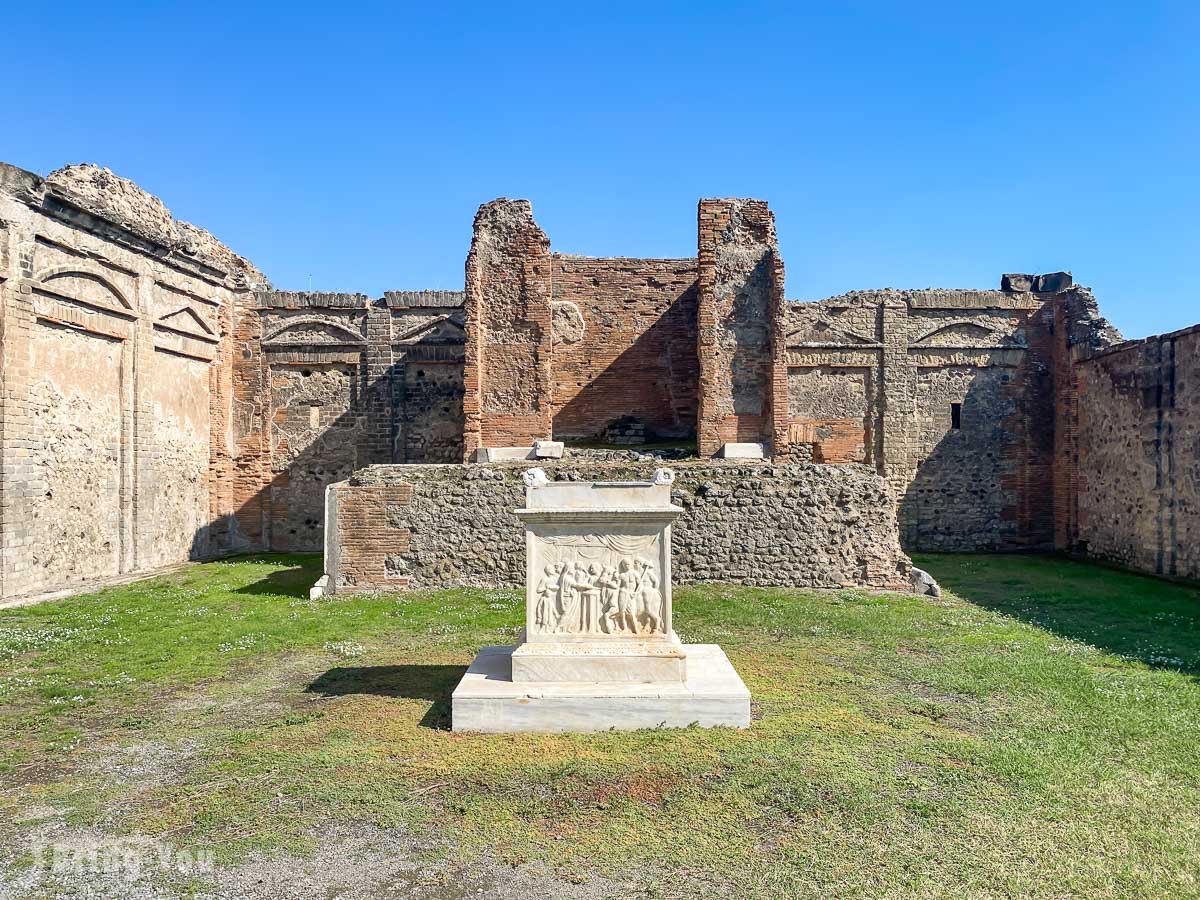
Arco di Caligola (Ach of Caligula)
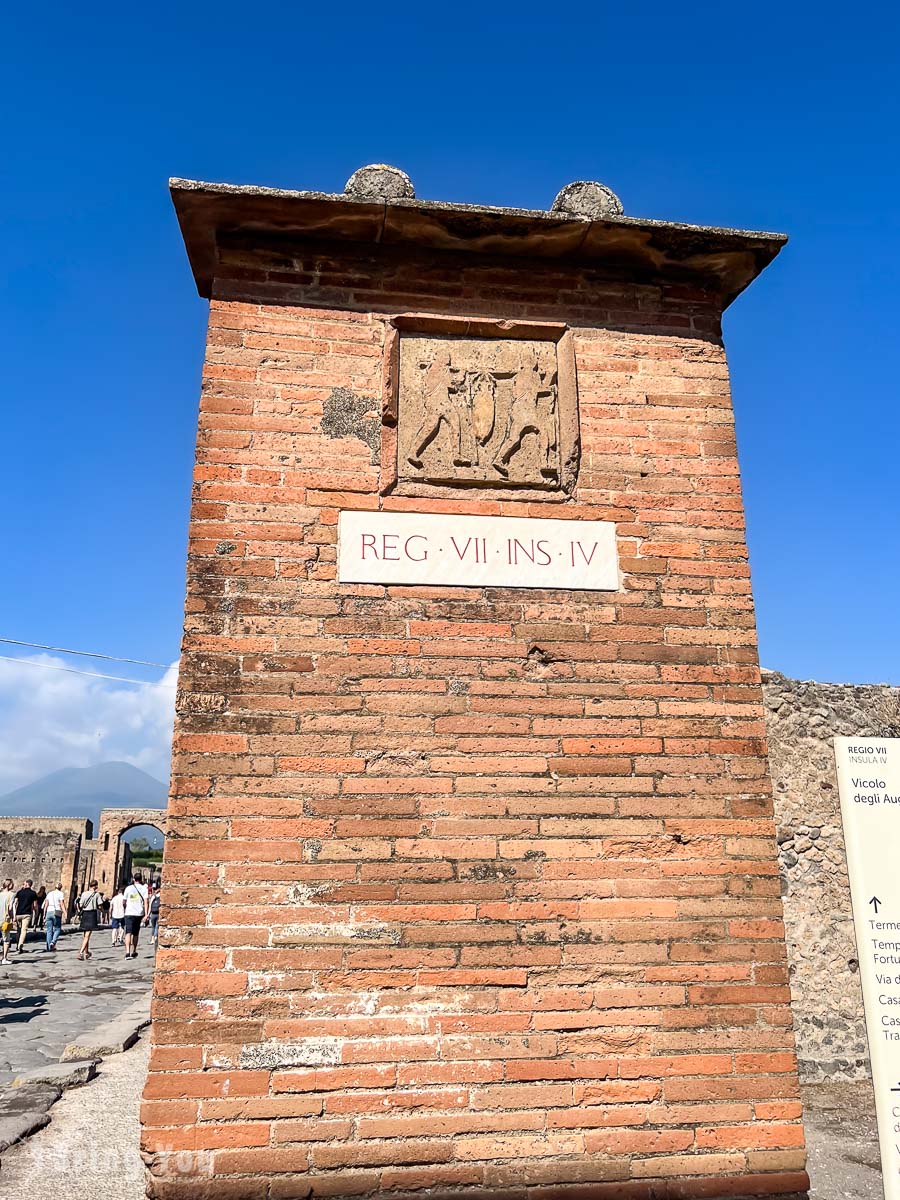
As you stroll further, you’ll come across the Arco di Caligola, situated near the Temple of Jupiter. These rustic arches were made of bricks, using marble to adorn the highlights. One of them was erected during the reign of Tiberius, a nod to the past’s grandeur. This architectural marvel stands as a silent witness to the passage of time and the Roman penchant for commemorating greatness.
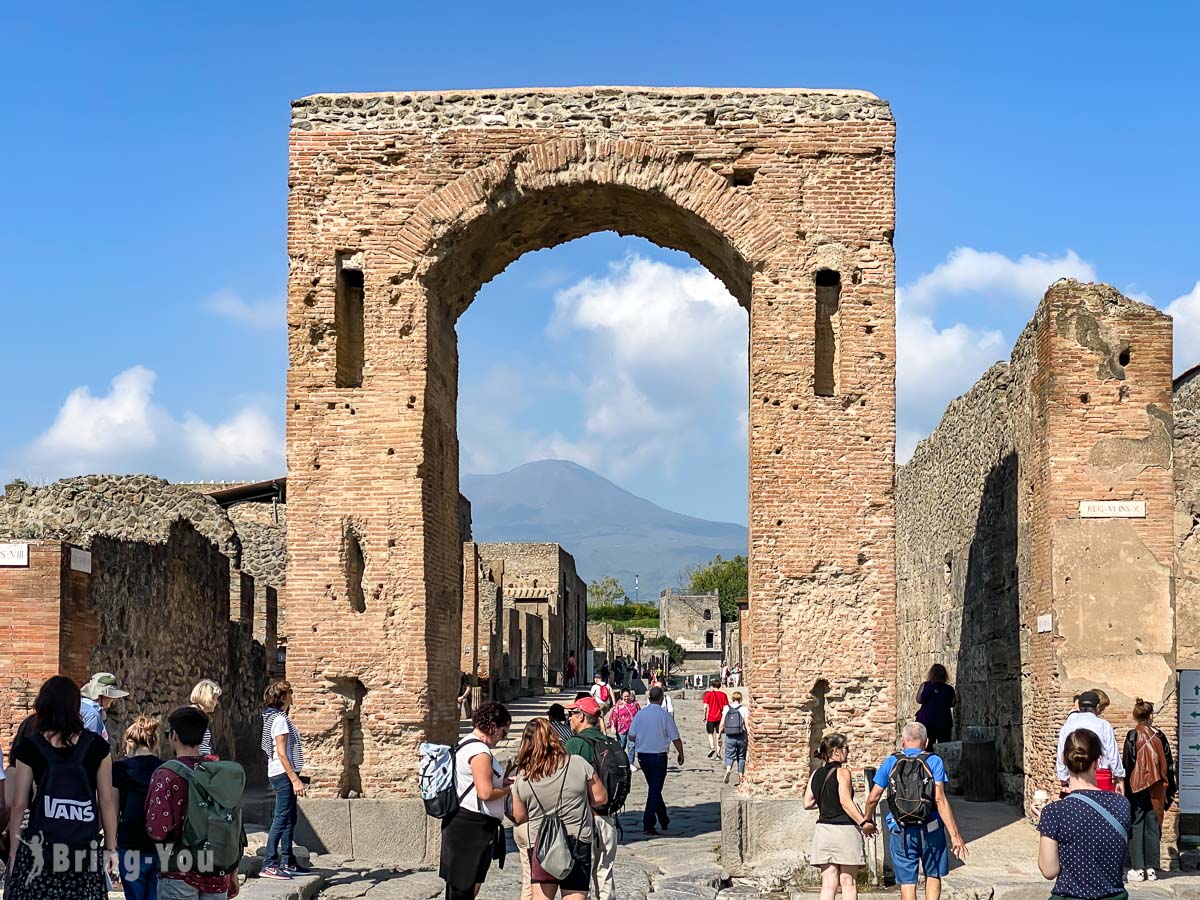
Amphitheater
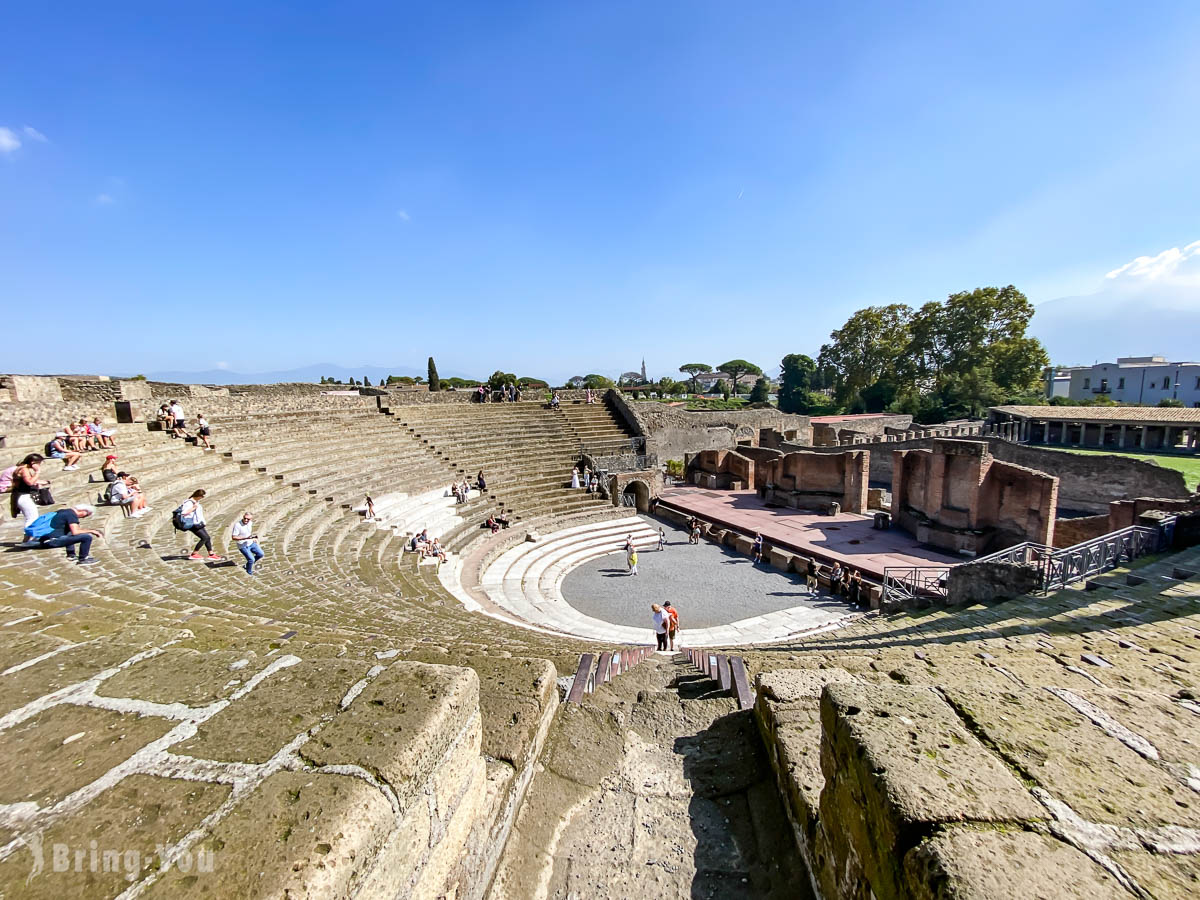
The amphitheater sits on the edge of the city, witnessing the grand tales of gladiatorial combat and captivating performances. When these marvelous designs were erected in the past, they were referred to as remarkable statements in construction and architecture for their age as well as one of the oldest in the Roman world.
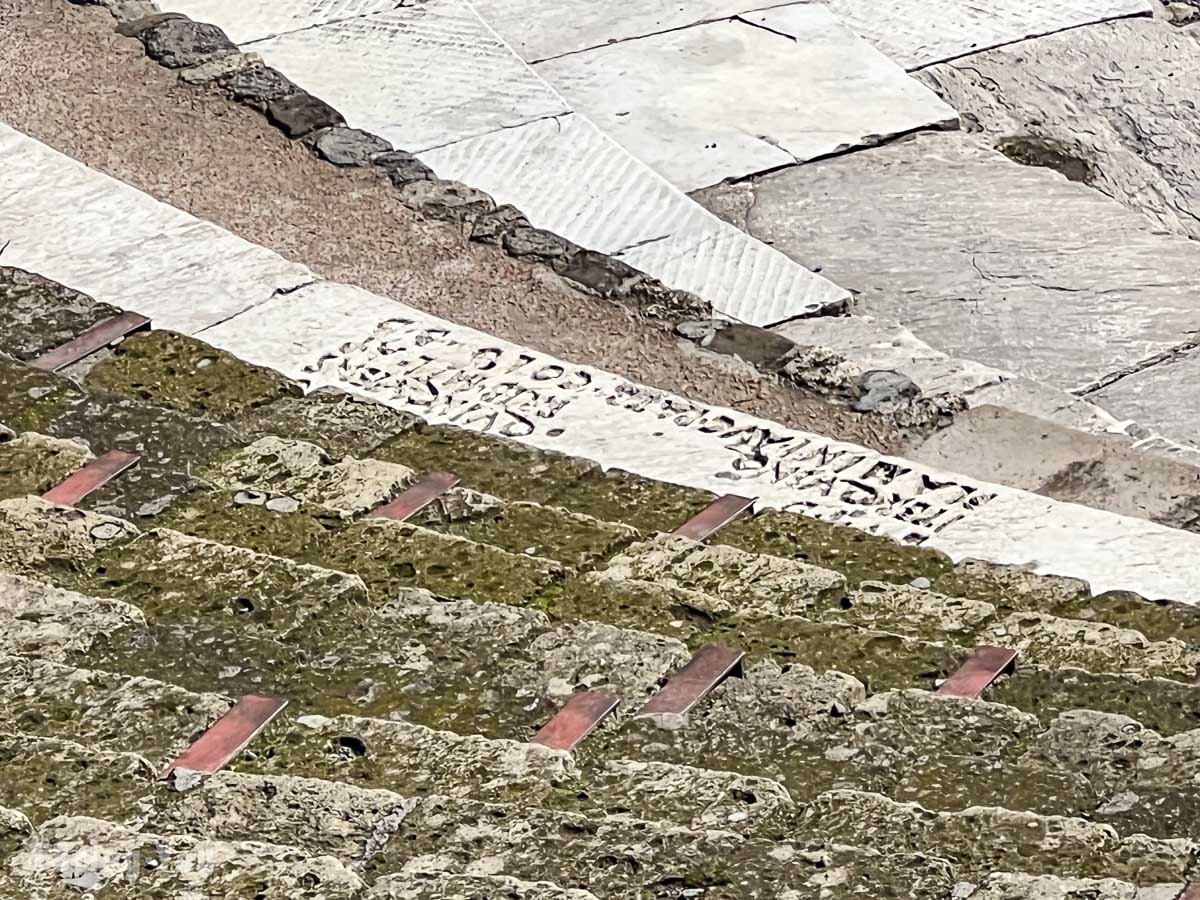
The maximum number of audiences the amphitheater could accommodate at once was 20,000 spectators thirsty for the spectacle of blood and valor.
House Of The Ancient Hunt
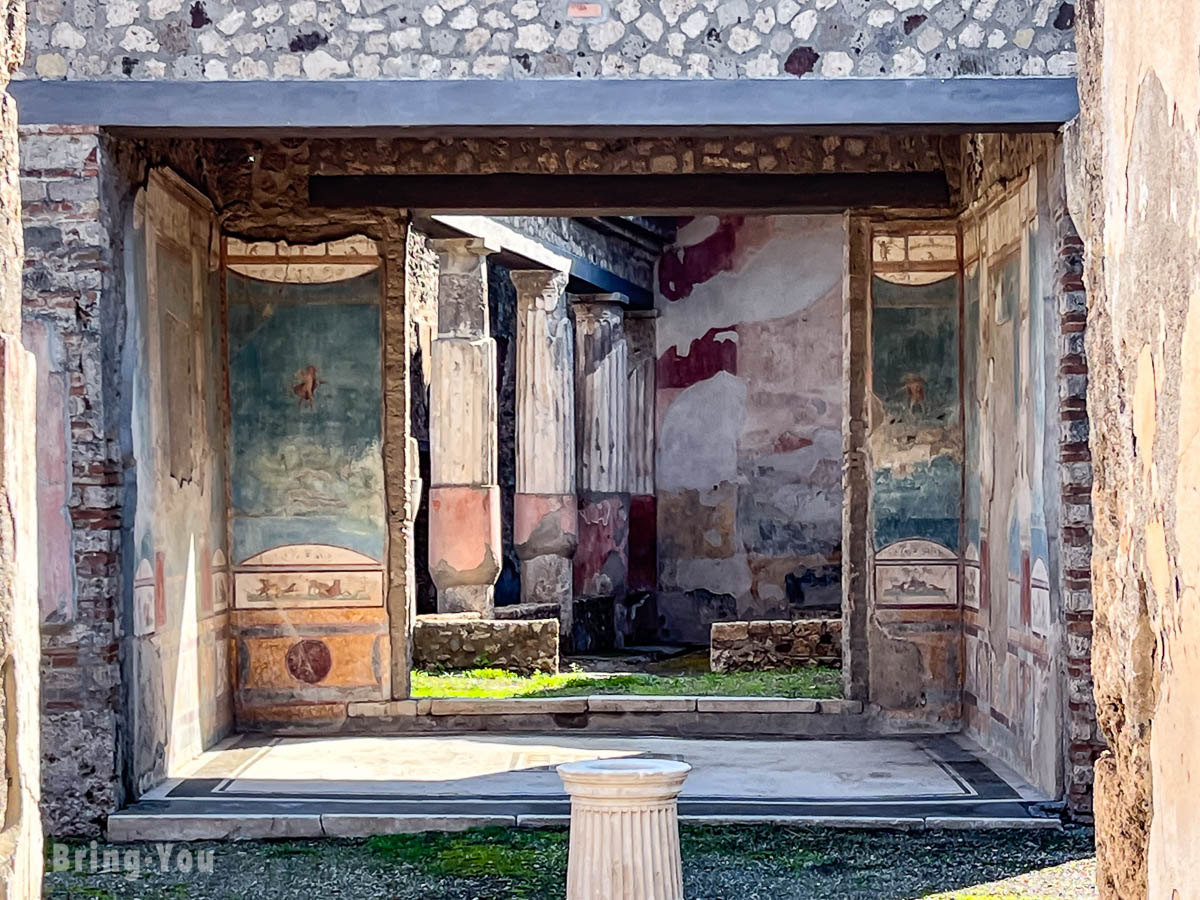
Emerging in the 2nd century BC, House Of The Ancient Hunt takes you back in time to a typical dwelling of a Roman family. Right here, each layer of history is slowly peeled off, from an entrance and atrium to the tablinum. The irregular peristyle, beholding unique angles and columns, speaks of a space-conscious design. Among the frescoes, mythological paintings steal the spotlight. Right there, the murals of Apollo and a Nymph grace the walls, while Diana and Actaeon’s tale unfolds.
Brothels of Pompeii
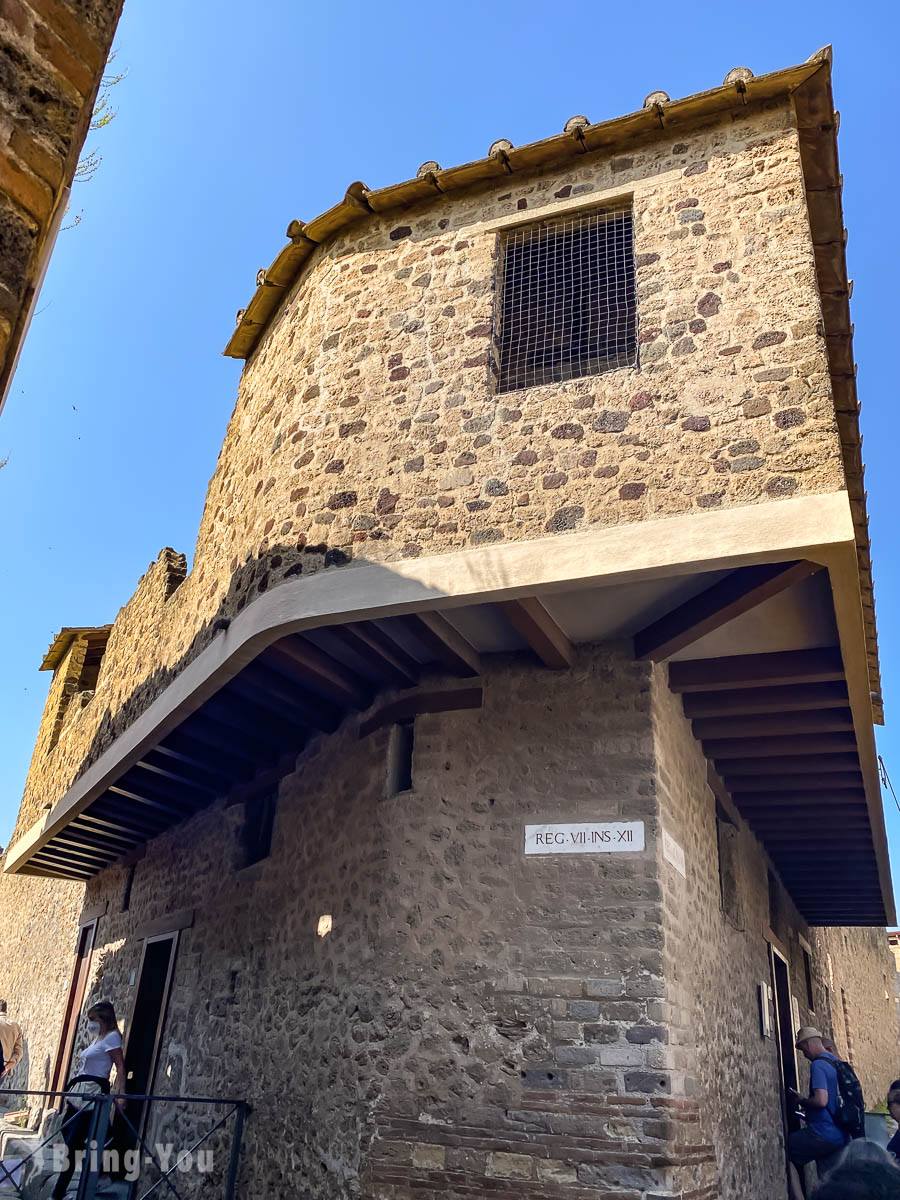
The thirst for flesh and sensual desire is not just a modern thing. At the Brothels of Pompeii, you will be amazed at this saucy revelation with about 25 brothels scattered across the city.
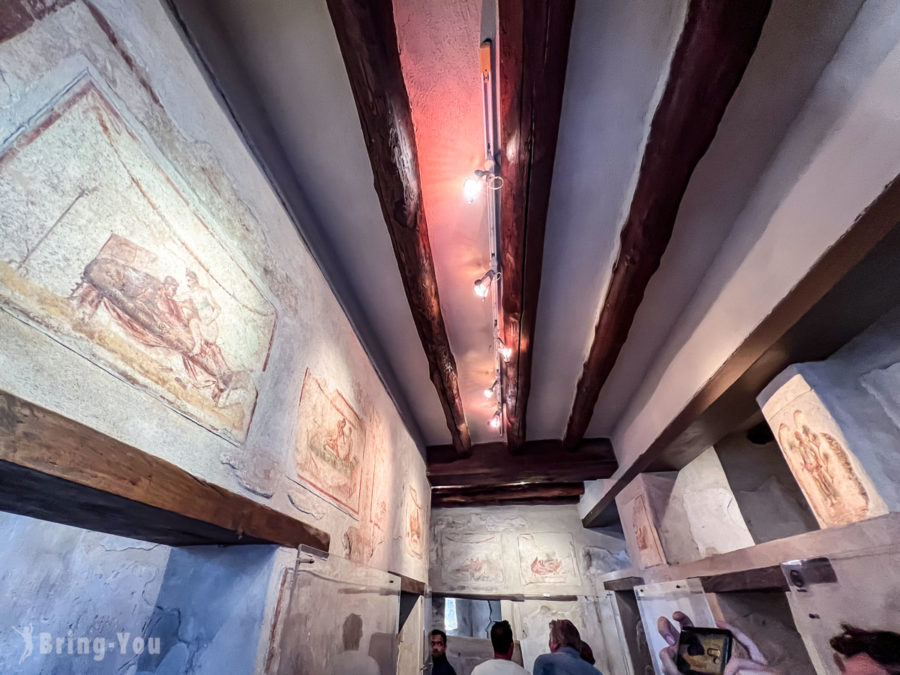
As excavations unveiled these hidden corners, you’re in shock to know that the price of a night’s delight was merely the cost of two glasses of red wine.
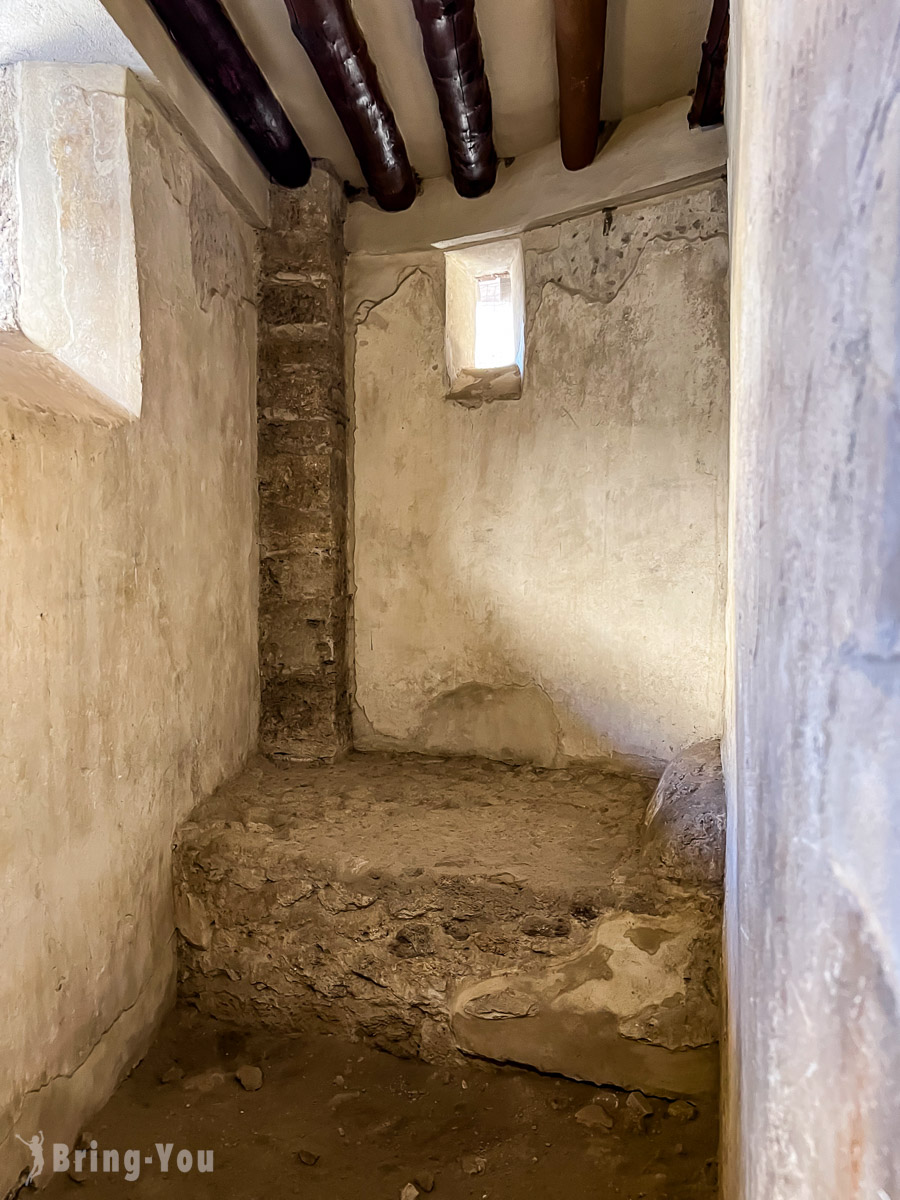
These incredible sites are some of my favorite things to see at Pompeii. If your day trip isn’t complete, take a 90-minute trip to Mount Vesuvius from Pompeii by bus and cap off your afternoon in the most delightful way. While climbing Mount Vesuvius is totally doable, you can kick back at the crater viewing point and soak up the view if your fitness level doesn’t agree.
Final Words: Mount Vesuvius – A Nice Add-In To Your Trip To Pompeii
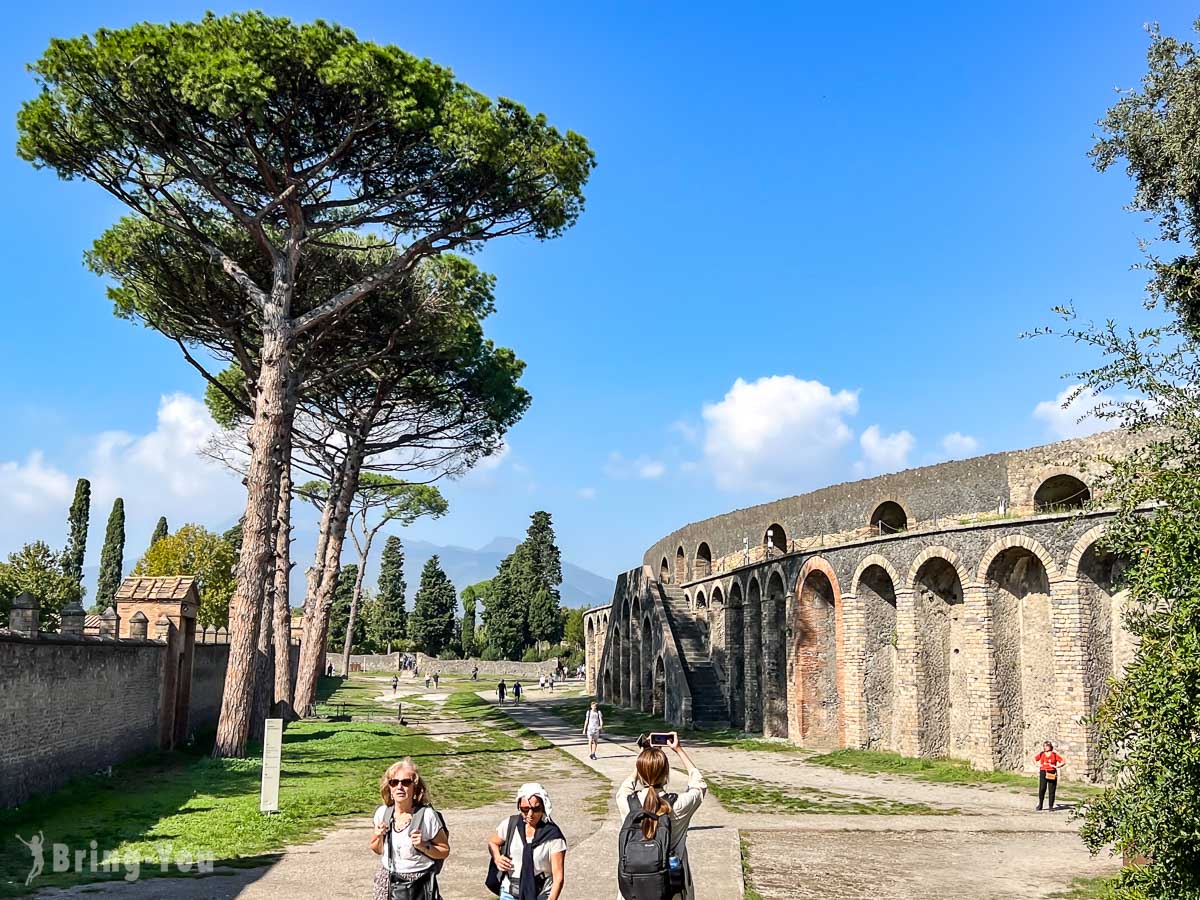
From the Pompei – P. za Anfiteatro CL bus station just across the Pompeii Ticket Office, catch bus #808 to Ercolano – Vesuvio CL at the foot of Mount Vesuvius. From there, you can take a hike to the top of the mountain, and witness the beauty and destruction of this infamous site.
This active volcano last erupted in 1944, and yes, you can still visit it. It’s under careful geological watch, while the hike up is about half an hour. From there, you’ll gaze into the colossal crater that once spewed lava and ash, sealing Pompeii’s fate in 79 AD.
